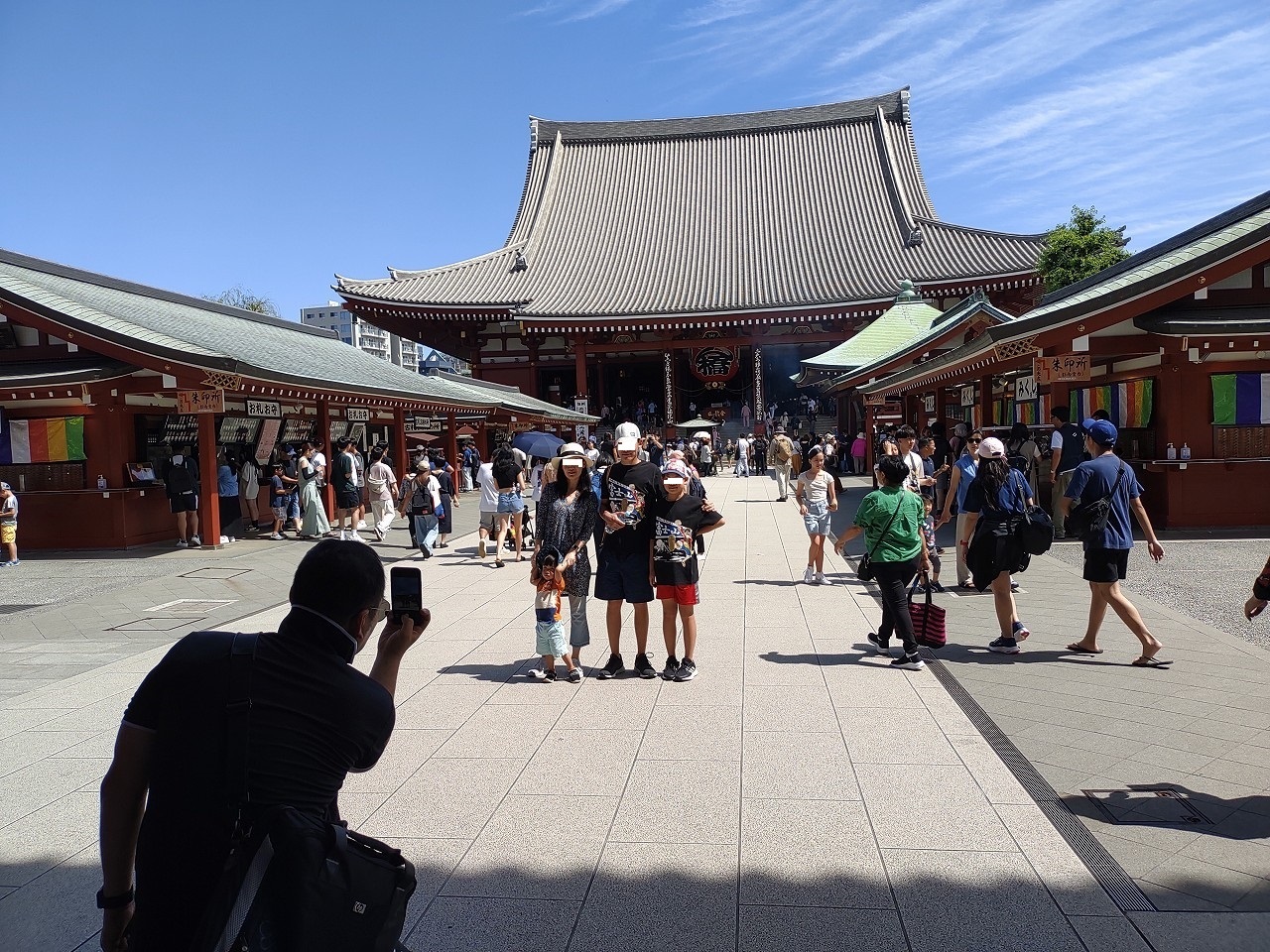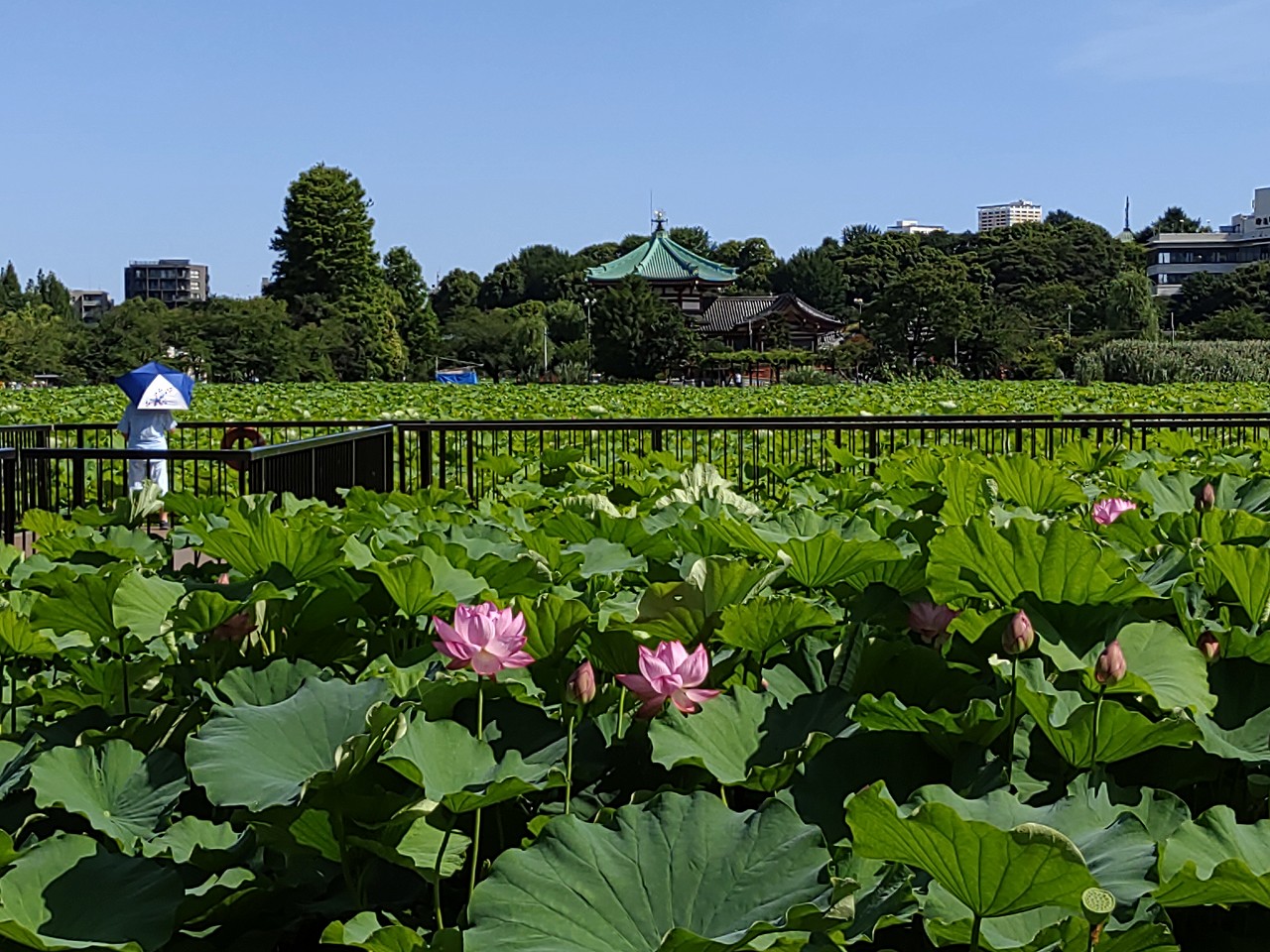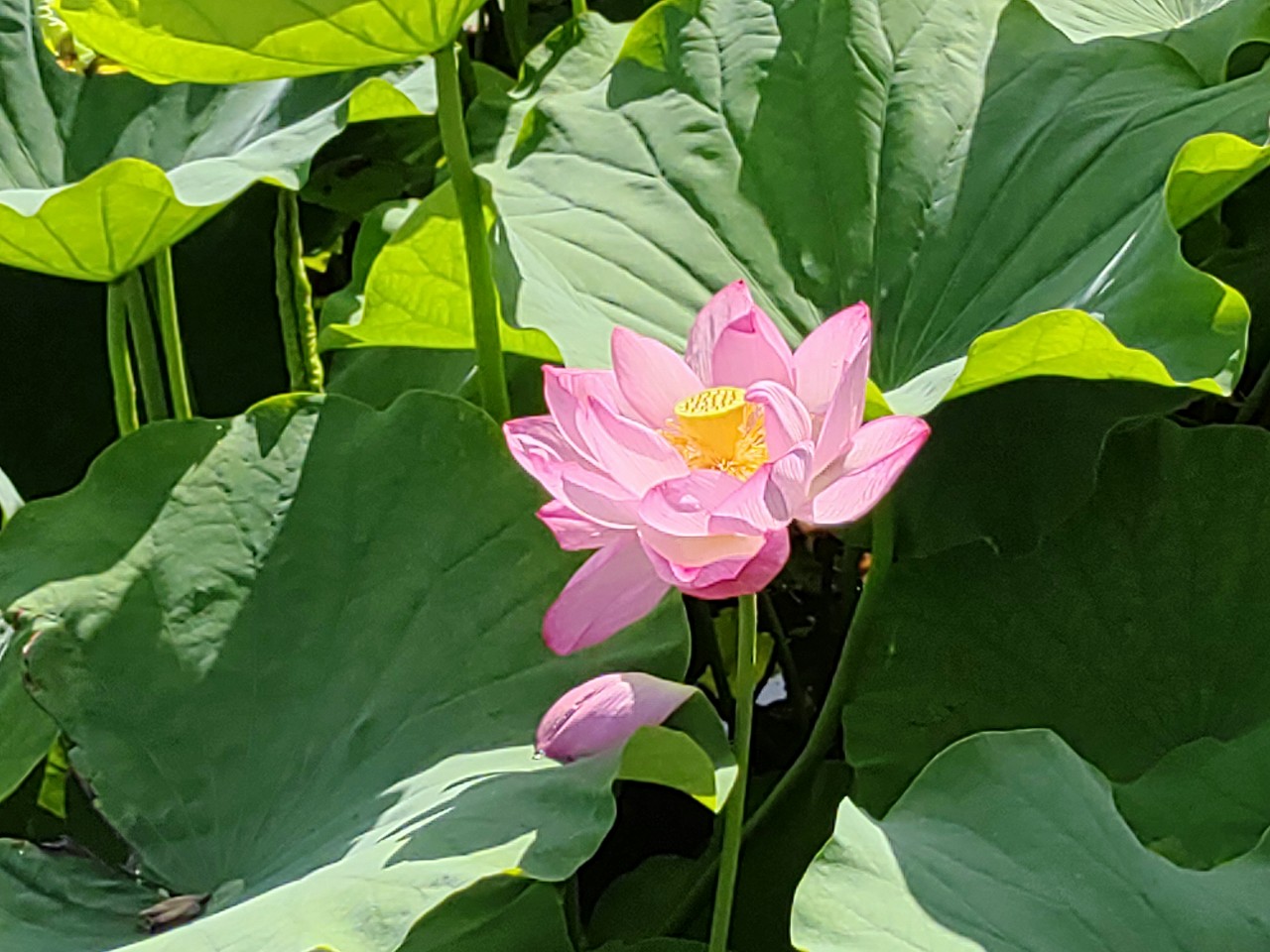July 9 and 10 is a festival for the goddess of mercy of the Sensoji Temple. The Hozuki Market will be opened at the temple grounds on both days.
There was a tradition to visit temples and shrines continuously for 1,000 days to fulfil wishes during the Heian period (794-1185). As time went by, however, visiting for 1,000 days became difficult. Then, people set a specific date to visit so that they could receive 1,000 days’ worth of good luck. This tradition was enhanced to an incredible 46,000 days during the Edo period (1603-1868) .
46,000 days is equal to about 126 years. 126 years represents the lifespan of people. Visitors will receive more than enough blessings for their entire life if they visit the temple on either of the two days. This belief is not connected with the Buddhist scripture.


This practice was originally done on July 10, but so many people rushed to the Sensoji Temple to get blessings and some came on the previous day. As a result, this tradition spans two days of July 9 and 10.
Soon after the new tradition was introduced, the Hozuki Market was opened for those visitors on these two days. Hozuki is a Chinese lantern planter and is called an Obon flower. Obon in Tokyo is celebrated on July 13-15 (most other areas celebrate it on August 13-16) and Hozuki is one of the popular offerings for the Obon festival. The outer part of the flower wraps a fruit which will beautifully turn to red or orange. They look like Obon lanterns. More than 100 street stalls gather and the grounds are bustling with people from early morning until late at night during the two days.

The Hozuki Market, which began in the Atago Shrine in Minato Ward in Tokyo, has since spread to Sensoji Temple. The origin of Hozuki is said to be that it looks like a red cheek of a person. There are other theories, though.
The 46,000-day belief and the Hozuki Market spread to many other temples and shrines, but the Sensoji Temple’s event is considered the most established and popular event in Tokyo. Our next tour in Asakusa is coincidentally on July 9 when the Hozuki Market is open.

The Ueno Park Shinobazu pond is best known for being a lotus flower viewing spot in Tokyo. You will be amazed at the beautiful flowers in full bloom from mid-July to mid-August, as per every year. The pictures show today’s flowering situation. The early-blooming lotus leaves are flowering but most are barely out yet.
The lotus flowers in the pond were planted long ago and are depicted in an ukiyo-e woodblock print during the Edo period.
The most important thing in lotus flower viewing is timing. The lotus leaves usually flower in the early morning and close its petals in the afternoon. You need to go there early in the morning if you want to see them open.


Lotus flower viewing is recommended if you will be in Tokyo from mid-July until mid-August.
Our next tours are scheduled in Asakusa at 10am and 1pm and in Ueno Park at 1:30pm on July 9. Of course, you may join both tours in Asakusa and Ueno Park. Let get together and enjoy the lively Hozuki Market. We are looking forward to seeing you then.
(Yoshi)

